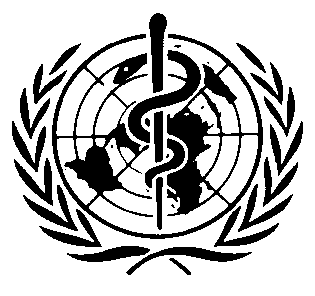International Chemical Safety Cards
| NITROSYL CHLORIDE | ICSC: 1580 |




Nitrogen chloride oxide ClNO Molecular mass: 65.46 
 ICSC # 1580
ICSC # 1580CAS # 2696-92-6 RTECS # QZ7883000 UN # 1069 April 19, 2005 Peer reviewed |
| TYPES OF HAZARD/ EXPOSURE | ACUTE HAZARDS/ SYMPTOMS | PREVENTION |
FIRST AID/ FIRE FIGHTING |
| FIRE |
Not combustible.
Gives off irritating or toxic fumes (or gases) in a fire.
|
NO contact with flammable substances.
|
In case of fire in the surroundings:
powder, carbon dioxide
,
NO water
.
|
| EXPLOSION |
|
|
In case of fire: cool cylinder by spraying with water but avoid contact of the substance with water.
|
| EXPOSURE |
|
AVOID ALL CONTACT!
|
IN ALL CASES CONSULT A DOCTOR!
|
| •INHALATION |
Cough.
Sore throat.
Laboured breathing.
Shortness of breath.
|
Ventilation, local exhaust, or breathing protection.
|
Fresh air, rest.
Half-upright position.
Artificial respiration may be needed.
Refer for medical attention.
|
| •SKIN |
Redness.
Pain.
Skin burns.
|
Protective gloves.
Protective clothing.
|
Remove contaminated clothes.
Rinse skin with plenty of water or shower.
Refer for medical attention.
|
| •EYES |
Redness.
Pain.
Burns.
|
Eye protection in combination with breathing protection.
|
First rinse with plenty of water for several minutes (remove contact lenses if easily possible), then take to a doctor.
|
| •INGESTION |
|
Do not eat, drink, or smoke during work.
|
|
| SPILLAGE DISPOSAL | STORAGE | PACKAGING & LABELLING | ||
|
Evacuate danger area!
Consult an expert!
Gas-tight chemical protection suit including self-contained breathing apparatus.
Ventilation.
NEVER direct water jet on liquid.
Remove gas with fine water spray.
Do NOT absorb in saw-dust or other combustible absorbents.
|
Separated from
incompatible materials
.
See Chemical Dangers.
Cool.
Keep in a well-ventilated room.
|
R: S: UN Hazard Class: 2.3 UN Subsidiary Risks: 8 |
||
| SEE IMPORTANT INFORMATION ON BACK | ||||
|
||||
